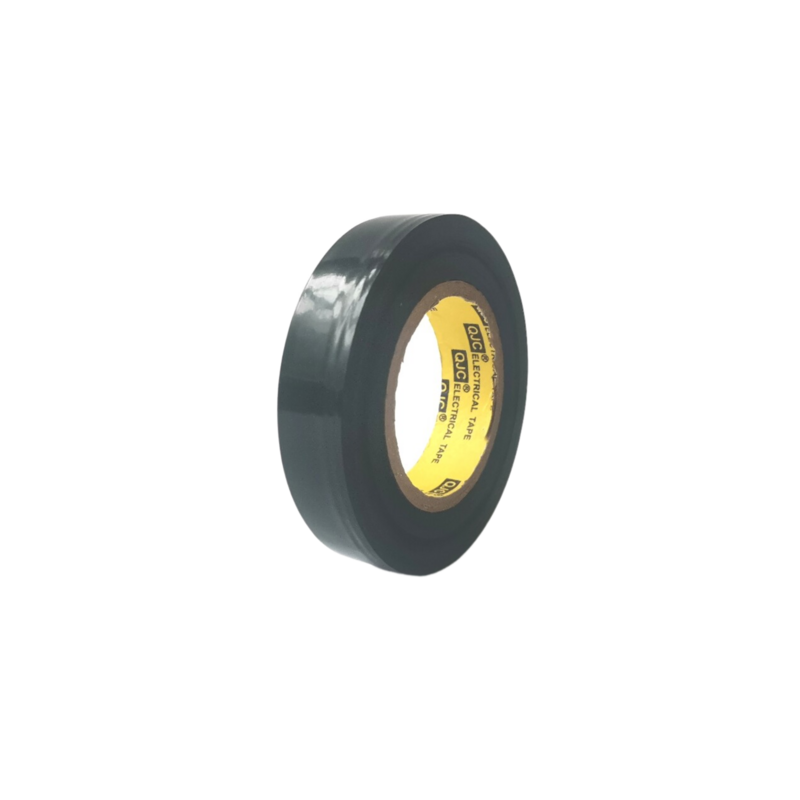Understanding Butyl Rubber Sealant A Comprehensive Guide
In the realm of construction and DIY projects, sealants play a vital role in ensuring durability, flexibility, and effective protection against moisture and air infiltration. One of the most popular sealant materials on the market today is butyl rubber sealant, particularly in its classic black formulation. This article aims to explore the characteristics, applications, benefits, and maintenance of butyl rubber sealants.
What is Butyl Rubber Sealant?
Butyl rubber is a synthetic rubber that is created through the polymerization of isobutylene with isoprene. This unique composition gives butyl rubber its distinctive properties, making it an ideal materials for sealants. Butyl rubber sealants are known for their exceptional adhesion, resistance to weathering, and ability to remain flexible over time.
The black coloration of butyl rubber sealant is not merely for aesthetic purposes; it also provides enhanced UV resistance, making it suitable for outdoor applications. Its dark hue helps it blend well with most surfaces, providing a professional finish.
Key Characteristics
1. Adhesion One of the standout features of butyl rubber sealants is their excellent adhesion to a wide variety of substrates, including metal, glass, wood, and concrete. This makes it a versatile choice for many sealing applications.
2. Water Resistance Butyl rubber’s impermeable nature allows it to form an effective barrier against moisture, making it ideal for outdoor use, roofing applications, and areas exposed to heavy rain.
3. Flexibility These sealants remain flexible even after curing, which allows them to accommodate the slight movements that occur in building materials due to temperature changes or structural shifts.
4. Durability Butyl rubber sealants resist degradation from UV light and environmental exposure, thus extending the life of the sealant and surfaces it protects.
5. Non-Toxic Butyl rubber is considered safer than many other types of sealants as it does not emit harmful fumes during application or curing.
Applications of Butyl Rubber Sealant
Butyl rubber sealant is almost ubiquitous in various construction and home improvement projects
. Some common applications include- Roofing Used to seal roof seams, flashing, and other areas prone to water leaks. - Automotive Widely utilized in the manufacturing and repair of vehicles for sealing windows, windshields, and joints. - HVAC Ideal for sealing joints in ductwork, ensuring that air flows efficiently without leaks.
butyl rubber sealant black

- Glazing Employed as a sealant in windows and doors to insulate against air and water infiltration.
- Gutter Repair Effective for sealing seams in gutters to prevent water damage and corrosion.
Benefits of Using Butyl Rubber Sealant
Utilizing butyl rubber sealant in projects offers numerous advantages
- Long Lifespan The durability of butyl rubber means that repairs made with it can last for years without the need for frequent reapplication. - Cost-Effective Though the initial investment may be slightly higher than other sealant types, the longevity and performance reduce the need for future repairs, making it more cost-effective in the long run.
- Ease of Application Butyl rubber sealants are straightforward to apply with a caulking gun, making them suitable for both professionals and DIY enthusiasts.
Maintenance Tips
To ensure the longevity of butyl rubber sealant applications, consider the following maintenance tips
- Regular Inspections Periodically check the condition of the sealant, especially in areas subjected to harsh weather or UV exposure.
- Clean Surfaces Before reapplying or touching up, ensure that the surfaces are clean and free from debris or old sealant residues.
- Temperature Considerations For optimal application, consider the temperature and humidity levels, as these factors can impact curing times and adhesion.
Conclusion
Butyl rubber sealants, particularly in their elegant black formulation, are an invaluable tool in various sealing applications, thanks to their excellent characteristics and versatile uses. Understanding how to effectively use and maintain these sealants can lead to long-lasting and reliable performance, ultimately protecting your investments in construction and home improvement projects. As always, selecting the right materials for the job is crucial in ensuring optimal results.
-
XIANGFAN Rubber Tape-Ultimate Solutions for All Your Insulation NeedsNewsJun.24,2025
-
XIANGFAN Rubber Tape-Protection for Industrial and Residential ApplicationsNewsJun.24,2025
-
XIANGFAN Rubber Tape: Superior Safety and Sealing for Demanding EnvironmentsNewsJun.24,2025
-
XIANGFAN Rubber Tape: Reliable Solutions for Every Electrical ChallengeNewsJun.24,2025
-
XIANGFAN Electrical & Industrial Tape: Powering Reliability Across IndustriesNewsJun.24,2025
-
XIANGFAN Electrical & Industrial Tape: Excellence in Every ApplicationNewsJun.24,2025
